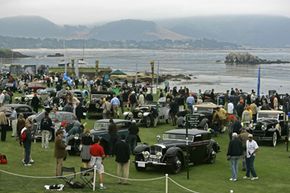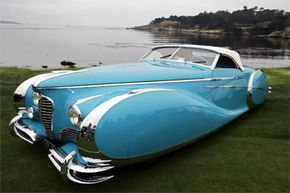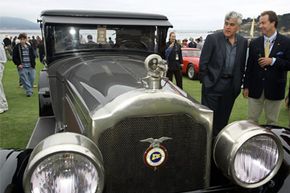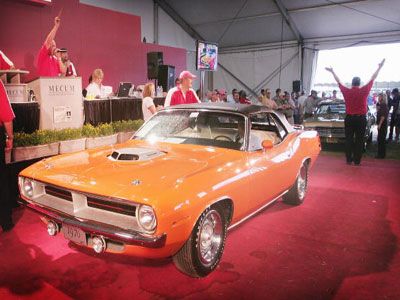Car shows are a huge part of automotive culture, and from small towns to big cities you can usually find any number of different types of car shows. However, you probably won't find many car shows exactly like the Concours d'Elegance. At these shows you can't just show up and sign your name on the list of contestants; instead, owners and their cars are personally invited to attend. If it helps, you can think of it like the filet mignon of car shows.
The Concours d'Elegance is French for "the competition of elegance" [source: Webster]. The cars on display at these shows are not only fully restored to mint condition, but many times they surpass the condition of models that originally rolled off the assembly lines. Points are given and taken away based on a car's condition and even the smallest of imperfections, either inside or out, can cost a contestant fractions of a point [source: Martin].
Advertisement
The shows can last anywhere from a few days to an entire week and are often filled with other related events and activities including automotive expert discussion panels, the screening of automotive documentaries, live auto auctions and even automotive fine art galleries among others. Although the shows are open to public spectators, contestants are frequently celebrities and wealthy individuals who compete in concours events for automotive bragging rights [source: Martin]. As one example, enthusiasts like Jay Leno are a staple at some of the shows.
Many places around the world, including Paris and Mumbai have their own concours events, but some of the most famous shows are held in the United States at Pebble Beach, in California, Meadow Brook Hall, in Michigan, and on Amelia Island in Florida.
Up next, let's find out more about these show locations and what types of cars are eligible to compete.
Advertisement



